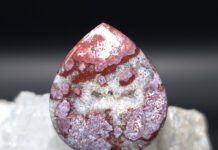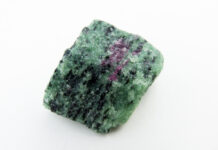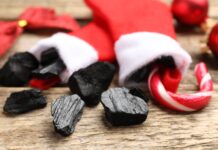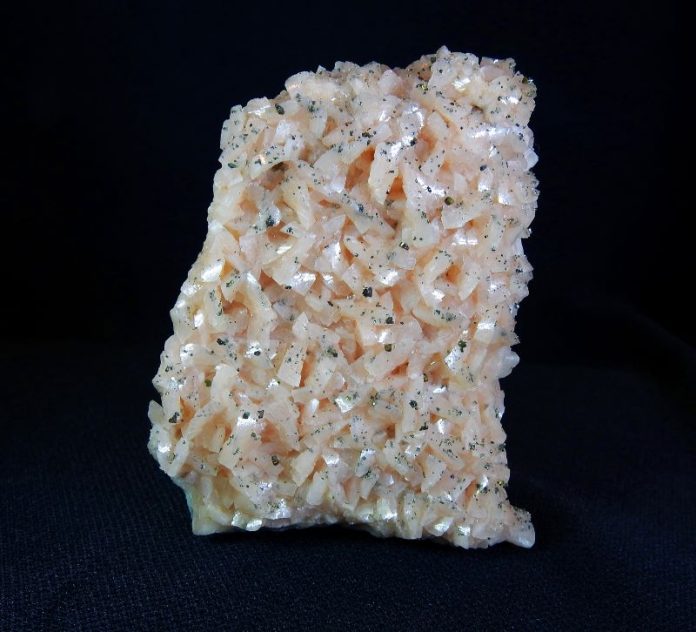
What is dolomite? With a chemical formula, CaMg(CO3)2, dolomite is a carbonate mineral that evokes images of picturesque Italian mountains and stunning geological formations. Unlike its close relatives, dolomite exhibits a unique crystal structure making it stand out in the mineral world. Often found in sedimentary rocks, it can range in color from white and gray to pink and green, with vibrant hues and intricate patterns.
Forming Dolomite
A process called dolomitization leads to the creation of dolomite. Initially, calcite-rich sediments, such as limestone or marble, undergo a transformation. Under specific temperature and pressure conditions, magnesium-rich fluids infiltrate limestone or marble sediments replacing some of the calcium in the mineral structure to create dolomite.
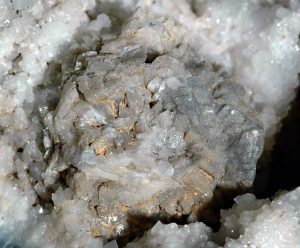
Richard Gross
Uses of Dolomite
Dolomite has a myriad of practical applications. In agriculture, dolomite and dolomitic limestone are used as pH buffers in soil management and in potting mixes. In construction, dolostone may be used instead of limestone as the aggregate in cement mixes. Dolomite also serves as a vital component in the production of glass and ceramics.
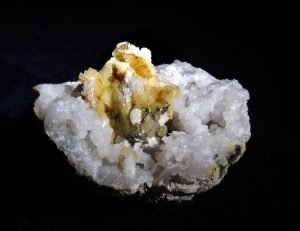
Richard Gross
What is Dolomite? Collecting
Dolomite crystallizes in the hexagonal system producing crystals in a diverse range of colors (white, gray, pink, yellow, orange or colorless) and striking patterns. The crystals frequently have curved saddle-shaped faces with pearllike luster. Collectors often prize dolomite specimens found in association with other minerals such as quartz, fluorite or calcite.
Dolomite has a Mohs hardness of 3.5 to 4 and may be transparent to translucent. Nice collector specimens have been found in the tri-state region of Missouri, Kansas and Oklahoma.
Tranquil Dolomite
Advocates of crystal healing believe dolomite possesses grounding and balancing energies. It is said to foster a sense of calm and tranquility, help overcome grief, aid in producing creative thought and help relieve pain.
This story about what is dolomite previously appeared in Rock & Gem magazine. Click here to subscribe. Story by Richard Gross and Pam Freeman


